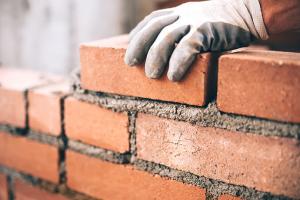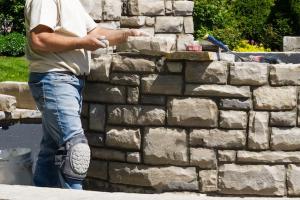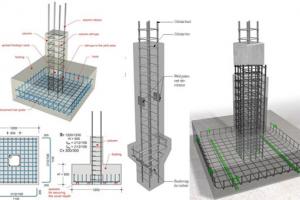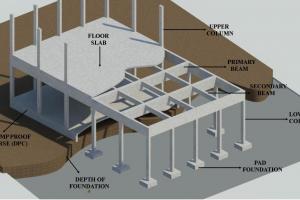Differences between stone and brick masonry
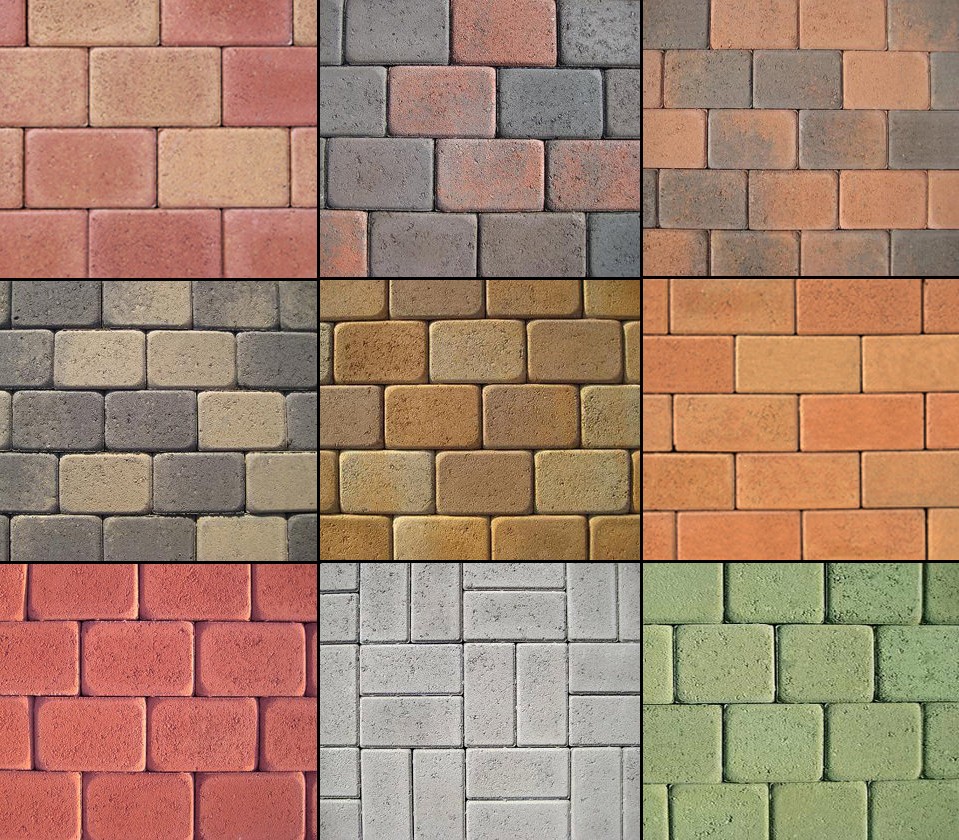
Masonry is the art of constructing structures using building materials such as stone, brick, and concrete blocks. Two of the most common types of masonry are stone and brick. While both methods are used to create long-lasting and durable structures, there are several differences between stone and brick masonry. In this article, we will explore these differences in detail.
Stone Masonry:
Stone masonry is the art of constructing buildings, walls, and other structures using natural stones. This technique has been used for centuries and is still popular today due to the beauty and durability of natural stone. In stone masonry, the stones are cut and shaped to fit together, using mortar to hold them in place. The stones can be shaped in various ways, such as square, rectangular, or irregular.
One of the main advantages of stone masonry is its durability. Natural stones are incredibly strong and can withstand extreme weather conditions. They also provide excellent insulation, making them ideal for building houses in cold climates. Additionally, stone masonry is fire-resistant, making it an excellent choice for structures susceptible to fire damage.
However, there are some downsides to using stone masonry. Firstly, it is a labor-intensive process that requires skilled workers to shape and cut the stones to fit together perfectly. Secondly, natural stones can be expensive, making stone masonry more costly than other building materials.
Brick Masonry:
Brick masonry is a popular method of construction that uses bricks made from fired clay. This technique has been used for centuries and is still commonly used today. In brick masonry, the bricks are stacked on top of each other using mortar to hold them in place. The bricks can be laid in various patterns, such as a running bond, stack bond, or herringbone.
One of the main advantages of brick masonry is its affordability. Bricks are relatively inexpensive compared to natural stones, making them an excellent choice for large-scale construction projects. Additionally, brick masonry is quicker and more efficient than stone masonry, as bricks are pre-made and do not require as much shaping or cutting.
However, there are also some downsides to using brick masonry. Firstly, natural stones are less durable than bricks and can be susceptible to weather damage over time. Additionally, stone masonry is less fire-resistant than brick masonry, making it a less ideal choice for structures that are at risk of fire damage.
Conclusion:
Stone and brick masonry are popular construction methods with unique advantages and disadvantages. Stone masonry is a durable and fire-resistant option that provides excellent insulation but can be expensive and labor-intensive. Brick masonry, on the other hand, is an affordable and efficient option that is less durable and fire-resistant than stone masonry. Ultimately, the choice between stone and brick masonry will depend on various factors, including a budget, location, and personal preference.




